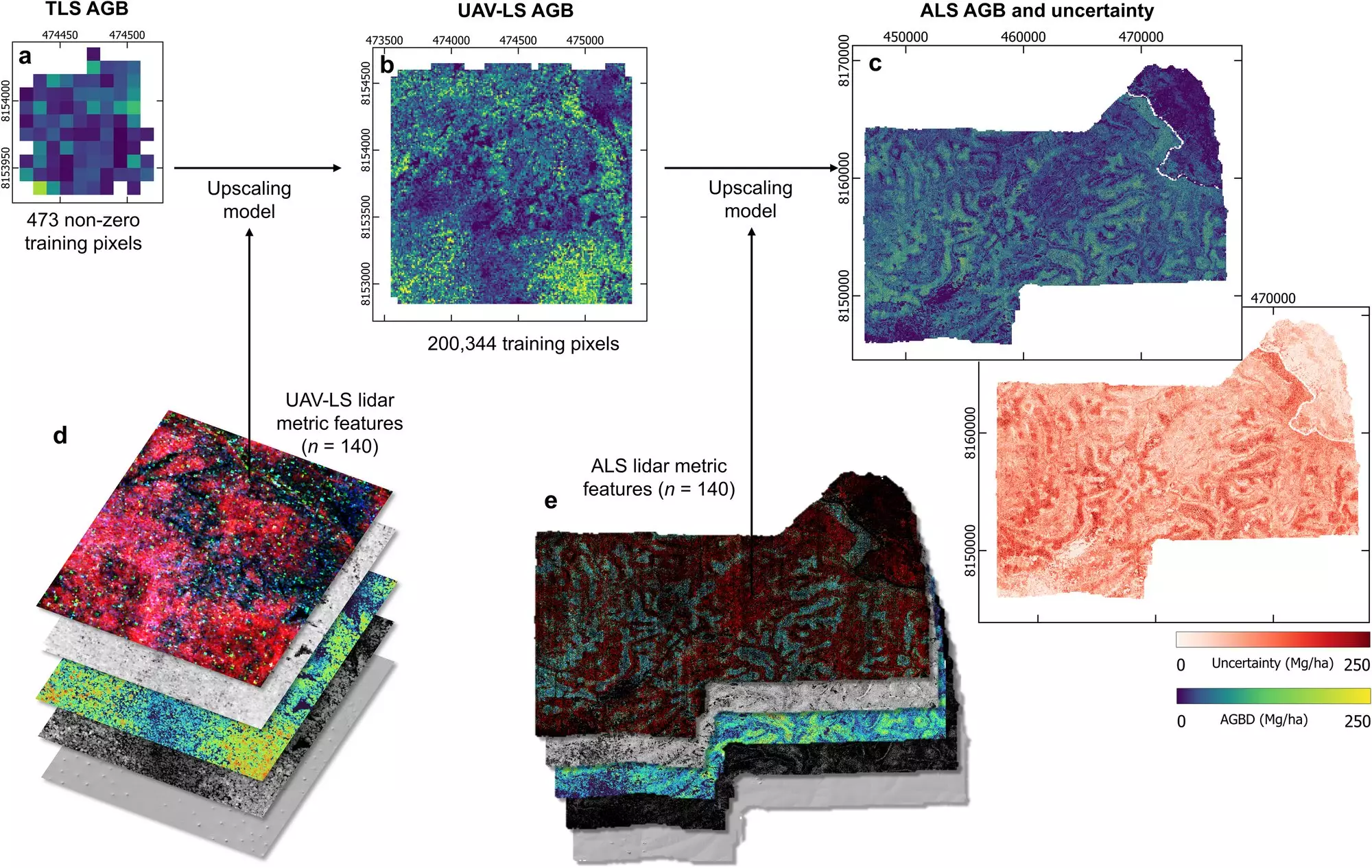The miombo woodlands of Mozambique, a vital ecological treasure trove, have long been underestimated in their contributions to carbon capture and storage. Recent groundbreaking research conducted by an international consortium led by Sylvera, in collaboration with experts from UCL, challenges the traditional understanding of these ecosystems. It reveals an astonishing capacity of miombo woodlands to sequester 1.5 to 2.2 times more carbon than previously calculated, emphasizing their critical role in global climate regulation. This revelation not only underscores the ecological importance of these woodlands but also their potential as a cornerstone in the combat against climate change.
The miombo woodlands cover extensive regions across Sub-Saharan Africa, playing a multifaceted role in supporting the livelihoods of millions, regulating water systems, and nurturing biodiversity. Regrettably, 40 years of continuous deforestation have decimated these woodlands, reducing their expanse from 2.7 million square kilometers to a mere 1.9 million. This alarming decline necessitates an urgent reassessment of our priorities regarding forest conservation and restoration.
Innovative Methods Reveal Greater Carbon Stocks
Utilizing advanced data collection techniques, researchers undertook a pioneering study involving the collection of 450 billion 3D measurements from over 8 million trees across 500 square kilometers of miombo landscapes, specifically in and around Gilé National Park. By deploying ground-based, drone, and helicopter systems equipped with laser scanning technologies, the team gathered data that provided a more nuanced understanding of aboveground biomass.
The findings demonstrated a crucial discrepancy between conventional allometric methods—relying primarily on easily measurable factors like stem diameter and tree height—and the complex realities of these ecosystems. Traditional approaches have been shown to underreport carbon stocks, especially in large trees that play pivotal roles in biomass accumulation. The revolutionary use of multi-scale lidar data in this study marks a significant departure from past measurement practices, elevating the accuracy of biomass and carbon estimates in miombo woodlands.
The Broader Implications for Climate Change Mitigation
The implications of this research are monumental. Extrapolating the findings across all miombo woodlands, the study estimated a potential carbon storage increase of approximately 13.6 billion metric tons of CO2e. This figure approaches the total atmospheric CO2 increase recorded in a year, emphasizing that our understanding of these ecosystems’ capacity has profound consequences for climate change mitigation efforts. The acknowledgment of the immense carbon sequestration potential hidden within these woodlands necessitates their protection and restoration on an urgent timeline.
The research’s co-author, Professor Mat Disney from UCL, highlights the critical nature of these findings, advocating for immediate action to safeguard these ecosystems. The study serves as a stark reminder that neglecting to preserve miombo woodlands could unleash far greater emissions than previously anticipated, necessitating enhanced governmental scrutiny, commercial investment, and financial resources dedicated to conservation.
Investing in Nature: The Path Forward
The collection and analysis of data leveraged in this innovative study have brought to light the urgent need for investment in natural solutions to combat climate change. It is imperative that stakeholders—including governments, businesses, and financial institutions—recognize the unique value proposition that these forests offer. The unprecedented accuracy of the research suggests that carbon credits associated with these woodlands could be far more valuable than initially believed, making them an attractive investment for those looking to support genuine climate action.
Sylvera’s CEO, Allister Furey, articulates the crux of the issue: the financial momentum towards tackling climate change is stifled by misconceptions and a lack of reliable measurement methods. A paradigm shift is required in how investments are directed towards natural carbon sinks. By harnessing technological advancements in carbon measurement, we can promote greater transparency and trust among investors. The data generated is pivotal for clarifying the financial viability of both forest restoration and the prevention of deforestation.
A Call for Collaborative Action
The ongoing collaboration between Sylvera and an array of global partners—including universities and financial institutions—exemplifies the collective effort needed to leverage technology and scientific ingenuity to tackle climate imperatives. The advancement of lidar technologies and the methodical analysis of biomass highlights an innovative pathway to align ecological conservation with economic incentives.
This unprecedented scientific achievement not only reaffirms miombo woodlands as vital ecological players but also underscores the responsibility we share in recognizing their worth. As the world leans into the pressing challenges posed by climate change, the potential benefits of safeguarding and restoring these forests cannot be overstated; they are our allies in the quest for a sustainable future. The time for decisive action is now, as we face an impending deadline in our collective race against climate change.

